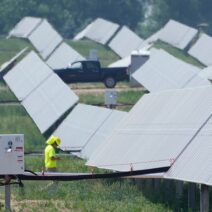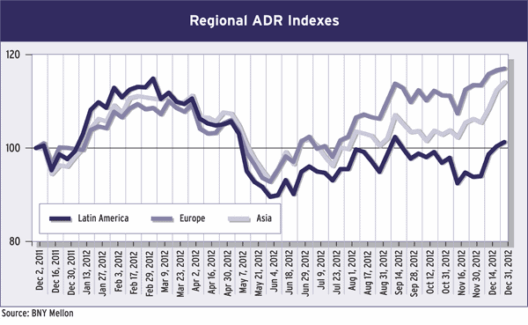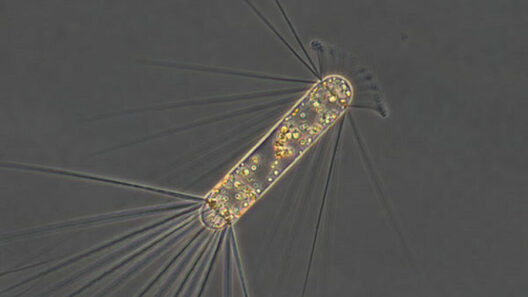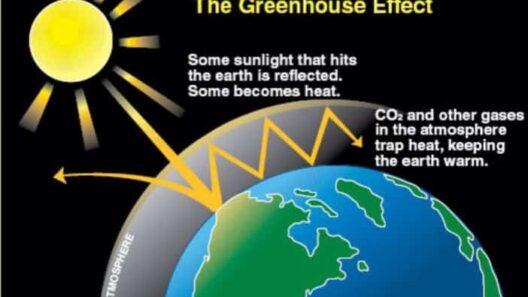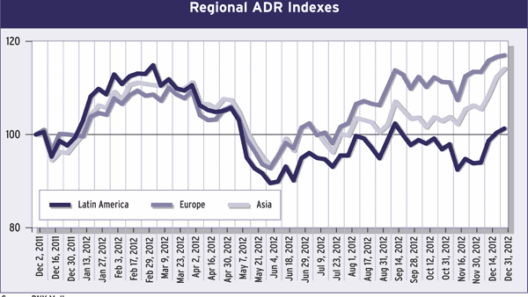Global warming, a phenomenon driven primarily by the accumulation of greenhouse gases, has profound ramifications for our planet. The dire consequences touch every corner of the Earth, affecting ecosystems, weather patterns, and even human health. But have you ever wondered how global warming could affect the very fabric of our daily lives? Let’s explore the extensive array of environmental damages caused by this pressing issue.
First and foremost, one of the most stark effects is the alteration of weather patterns. With increasing global temperatures, we are witnessing more extreme weather events. Hurricanes become more ferocious, droughts last longer and floods occur more frequently. These changes elevate the frequency and intensity of storms, wreaking havoc on communities and leading to significant infrastructure damage.
Secondly, rising temperatures contribute to increasing sea levels. This is primarily due to two factors: the thermal expansion of water as it warms, and the melting of ice sheets and glaciers. Coastal regions are particularly vulnerable to this phenomenon, leading to the erosion of shorelines, increased flooding, and the salinization of fresh water supplies, which imperils drinking water sources for millions.
Moreover, there is a discerning impact on biodiversity. Many species are struggling to adapt to rapidly changing habitats. Habitats that were once hospitable are becoming inhospitable, leading to shifts in ecosystem dynamics. Some species face extinction as their natural environments are altered beyond recognition. The loss of biodiversity not only impacts the species in question but also affects ecosystem services that humans depend on, such as pollination and water purification.
Another significant consequence of global warming is the impact on agriculture. Changes in temperature and precipitation patterns can drastically affect crop viability. Some regions may become more arid, while others may face increased flooding. As crops fail or yield diminishes, food security is placed in jeopardy, leading to potential famine in vulnerable communities.
The oceans, too, are deeply affected by the repercussions of global warming. As ocean temperatures rise, coral reefs—often dubbed the “rainforests of the sea”—are suffering from bleaching. This process weakens the corals, leading to the decline of marine biodiversity. Additionally, increased levels of carbon dioxide in the atmosphere cause ocean acidification, further threatening marine life and disrupting fishing industries that local economies rely on.
Furthermore, global warming leads to a myriad of health problems. Increased temperatures are correlated with higher rates of heat-related illnesses and deaths. Air quality diminishes as pollutants concentrate in warmer air, exacerbating respiratory issues and cardiovascular diseases. In addition, the expansion of habitats for disease-carrying organisms, such as mosquitoes, can lead to outbreaks of diseases previously confined to tropical regions.
In addressing environmental degradation, we must also recognize the impact on freshwater resources. Melting glaciers and altered precipitation patterns are jeopardizing the flow of rivers and the availability of vital water resources. This creates further challenges for water management, agriculture, and sanitation in many areas around the globe.
Ultimately, the ramifications of global warming permeate various aspects of life on Earth. One can ponder the overarching question: what legacy are we willing to leave for future generations? As we face this formidable challenge, it is essential to approach solutions with urgency and innovation. The path forward must involve global cooperation, innovative technology, and a commitment to sustainability. Only then can we hope to mitigate the environmental damages caused by global warming and safeguard the future of our planet.
In summation, the environmental damages caused by global warming are extensive and multifaceted. They span across weather alterations, rising sea levels, ecological disruptions, agricultural challenges, oceanic health, public health risks, and freshwater resource depletion. The need for decisive action has never been more critical. As stewards of the Earth, it is our responsibility to confront these challenges head-on. Will we rise to meet them, or will we allow inaction to dictate our fate? The choices we make today will determine the world of tomorrow.


